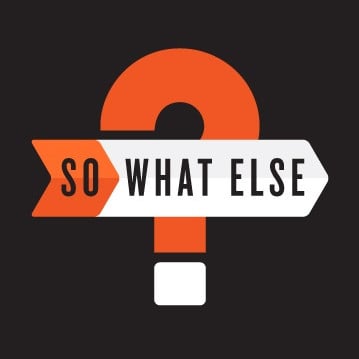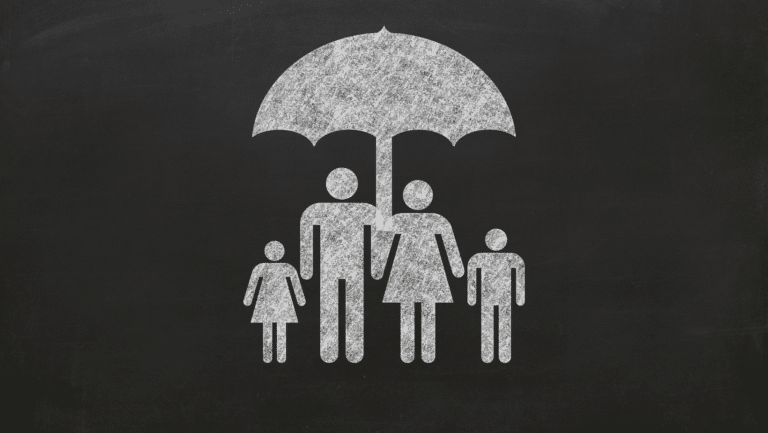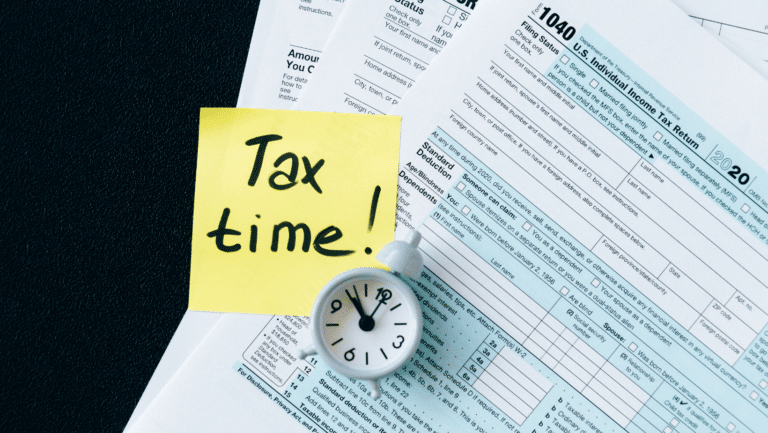Together Let’s Help So What Else
So What Else needs your help! 2020 was an unbelievably difficult and challenging year for most of us. Beginning on March, 9 2020, So What Else (SWE) began a tremendous undertaking and started one of the most successful emergency hunger relief and support programs in the Greater Washington Area. Food was donated to us from…









